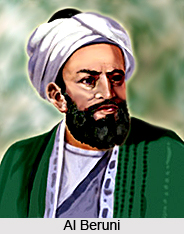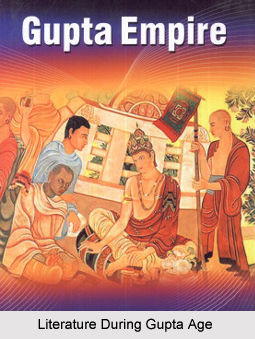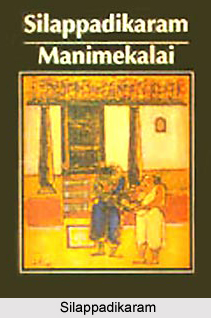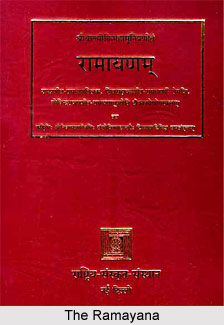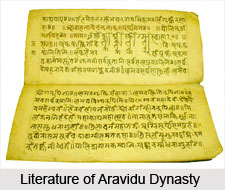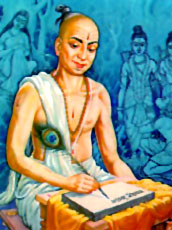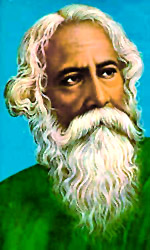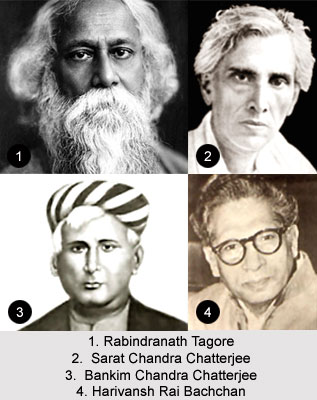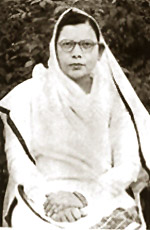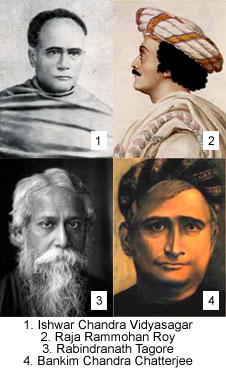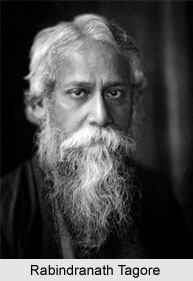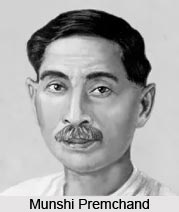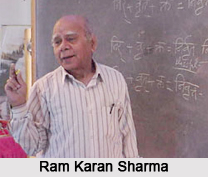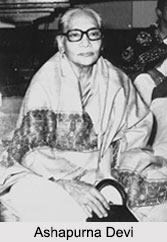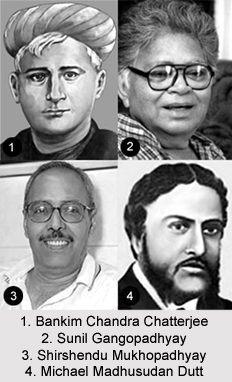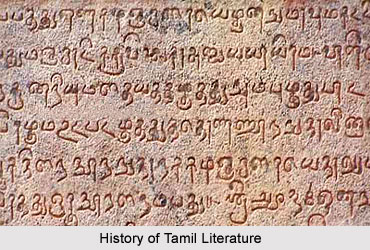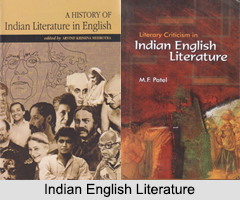The Dark room offers a feminist view of the contemporary South Indian society. The very essence of the autobiographical tone is not there in the dark room. The story of a middle class female set against the backdrop of South India, the dark room echoes the frustration of a tormented wife. The main female character Savitri retires to the dark room which is there at house whenever the frustration, disgust, pain and torment becomes somewhat too much to bear. The dark room here acts as the catharsis whilst aiding the main character to vent out her frustration; Ideally the title therefore matches with the symbolism of the novel.
R. K. Narayan was born in Madras, South India in 1906. He studied in Maharaja`s College, which is now called as Collegiate High School in Mysore. His father was a professor there. So that way he has a royal start. But he chose his own path and though he had a natural flair for writing he starts writing short stories in his own style. He chose a fictitious location for some of his stories and the place was Malguri. Through his lively stories he makes the place popular among all the Indians resides in India as well as outside. But his success didn`t come in a single day. He struggled to earn his living even by writing for various newspapers. But all darkness comes to an end and the day begins. The day also begins at Narayan`s life when his works were endorsed by the famous writer Graham Greene. From then onwards the writer never looked back and continued enrapturing millions of readers all over the world.
 Synopsis:The Dark Room by R.K.Narayan is a work of literature that was first published in Great Britain in 1938. This piece was not autobiographical as his two previous books. More specifically it was with a feminist view of middle-class family life in South India. It was published on October 11, 1938. This book also received good reviews from Western writers. In this story Narayan reflects on the uselessness of life and the helplessness of his protagonist Savitri. He tries to fill each scene with undertones of as many changes as there are aspects to human nature. This novel is full of different feelings of life like hypocrisy, deception, kindness and desperation. All of these are present in their full glory with colourful as well as shades of the characters. It also includes their morality and their situations.
Synopsis:The Dark Room by R.K.Narayan is a work of literature that was first published in Great Britain in 1938. This piece was not autobiographical as his two previous books. More specifically it was with a feminist view of middle-class family life in South India. It was published on October 11, 1938. This book also received good reviews from Western writers. In this story Narayan reflects on the uselessness of life and the helplessness of his protagonist Savitri. He tries to fill each scene with undertones of as many changes as there are aspects to human nature. This novel is full of different feelings of life like hypocrisy, deception, kindness and desperation. All of these are present in their full glory with colourful as well as shades of the characters. It also includes their morality and their situations.
The central character or protagonist of this story, The Dark Room is Savitri, married to Ramani. R.K. Narayan portrays that being a submissive housewife she gives birth to three children. Her husband always dominates her and whenever his tortures become unbearable to her she retires in a dark room in their house. As the story progressed in certain distance her husband got engaged with another woman and in order to set up her place he shifted many of their furniture from home. These include one of her favorite furniture also. While shocked by the news of his relation Savitri tries to win back her husband but cannot do so because of Ramani`s adamant nature. During the course one day she fights back and leaves home without thinking anything. This tragedy of domestic life gets a clear vision in Narayan`s write-up.
The Dark Room is published by University of Chicago Press in USA and by William Heinemann Ltd in UK edition. Published by Vintage, Minerva and Mandarin this story has beautifully crafted the marital saga of a couple interlarded with conservatism along with the dawn of reformist`s ideas.
The story entails the tale of a tormented wife. The Dark Room is a superb examination of a patriarchal Society and also reflects the injustices that this type of society causes to woman and children. This is regarded as an impressive as well as controlled novel, which eventually moves and hits the society.

